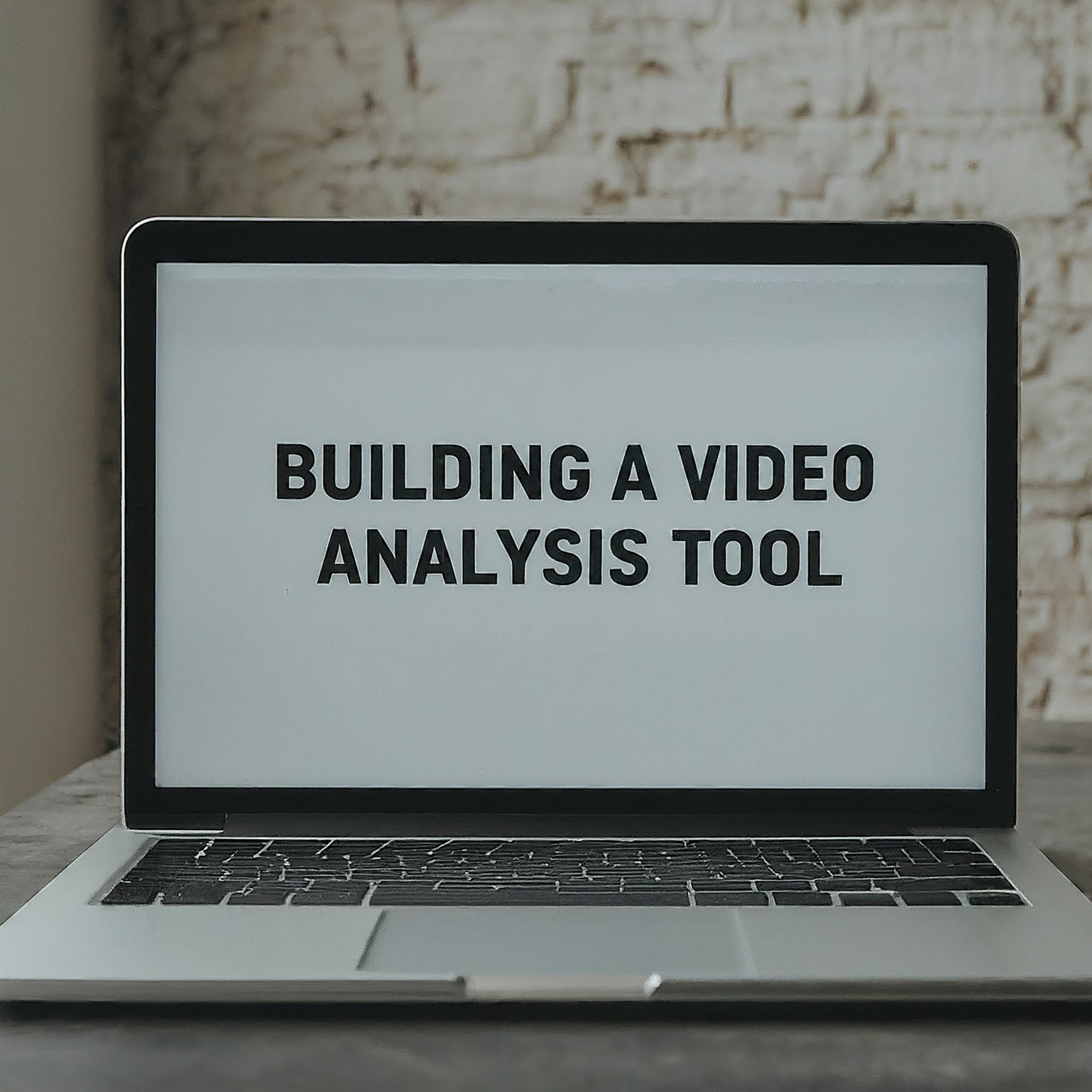The ability to understand and interpret visual information is a crucial aspect of artificial intelligence. Moondream, a powerful multi-modal model, offers a promising solution for building video understanding engines. This guide will walk you through the process of using Moondream to analyze images and GIFs, with the potential to extend its capabilities to video understanding.
Prerequisites and Setup
Before we begin, ensure you have the following:
- Google Colab Notebook: We will utilize Google Colab, a free cloud-based platform, to run our code.
- Required Libraries: Install transformers, timm, and einops libraries. These libraries facilitate model download, image processing, and inference.
- GPU Support: While not mandatory, selecting a GPU runtime in Colab will significantly accelerate the inference speed.
Downloading the Model and Image
- Choose an Image: Select any image you want the model to analyze. For this example, we’ll use an image of three apples.
- Download the Model: Utilize AutoModelForCausalLM and AutoTokenizer from the transformers library to download the Moondream model and its corresponding tokenizer. These are essential for performing inference.
- Specify Model Details: We’ll use the facebook/bart-moondream-2 model with the revision date of 2023-03-05.
Image Understanding with Moondream
- Prepare the Image: Open the image using Pillow, a Python image processing library.
- Encode and Send to Device: Encode the image and send it to the designated device (GPU or CPU) for processing.
- Generate Description: Formulate a question asking the model to describe the image. This question, along with the encoded image, is passed to the model for inference.
- Print Results: The model’s response, describing the image content, is printed.
In our example, the model successfully identified the three apples, their arrangement, the presence of leaves, and the white background.
Extending to GIFs and Videos
Moondream’s capabilities extend beyond static images. By processing individual frames, we can analyze GIFs and even videos.
For GIFs, the process involves:
- Downloading the GIF: Download your chosen GIF file.
- Frame Extraction: Extract individual frames from the GIF and process them sequentially using the same approach as with static images.
- Generating Descriptions: Obtain descriptions for each frame and combine them to understand the overall GIF content.
This approach can be further adapted for video understanding by extracting frames from the video and applying the same analysis techniques. You can also play with Huggingface playground for MoonDream
Conclusion and Potential Applications
Moondream offers a powerful tool for building video understanding engines. Its ability to analyze images and GIFs, with the potential for video processing, opens doors to various applications, including:
- Image and Video Captioning: Automatically generating descriptions for visual content.
- Object Detection and Counting: Identifying and counting objects within images and videos.
- Content Summarization: Summarizing the key elements of a video based on frame analysis.
- Accessibility Tools: Providing descriptions of visual content for visually impaired users.
By leveraging Moondream’s capabilities and exploring its potential, we can unlock new possibilities in video understanding and its diverse applications. Check out this blog to read more about Moondream.

